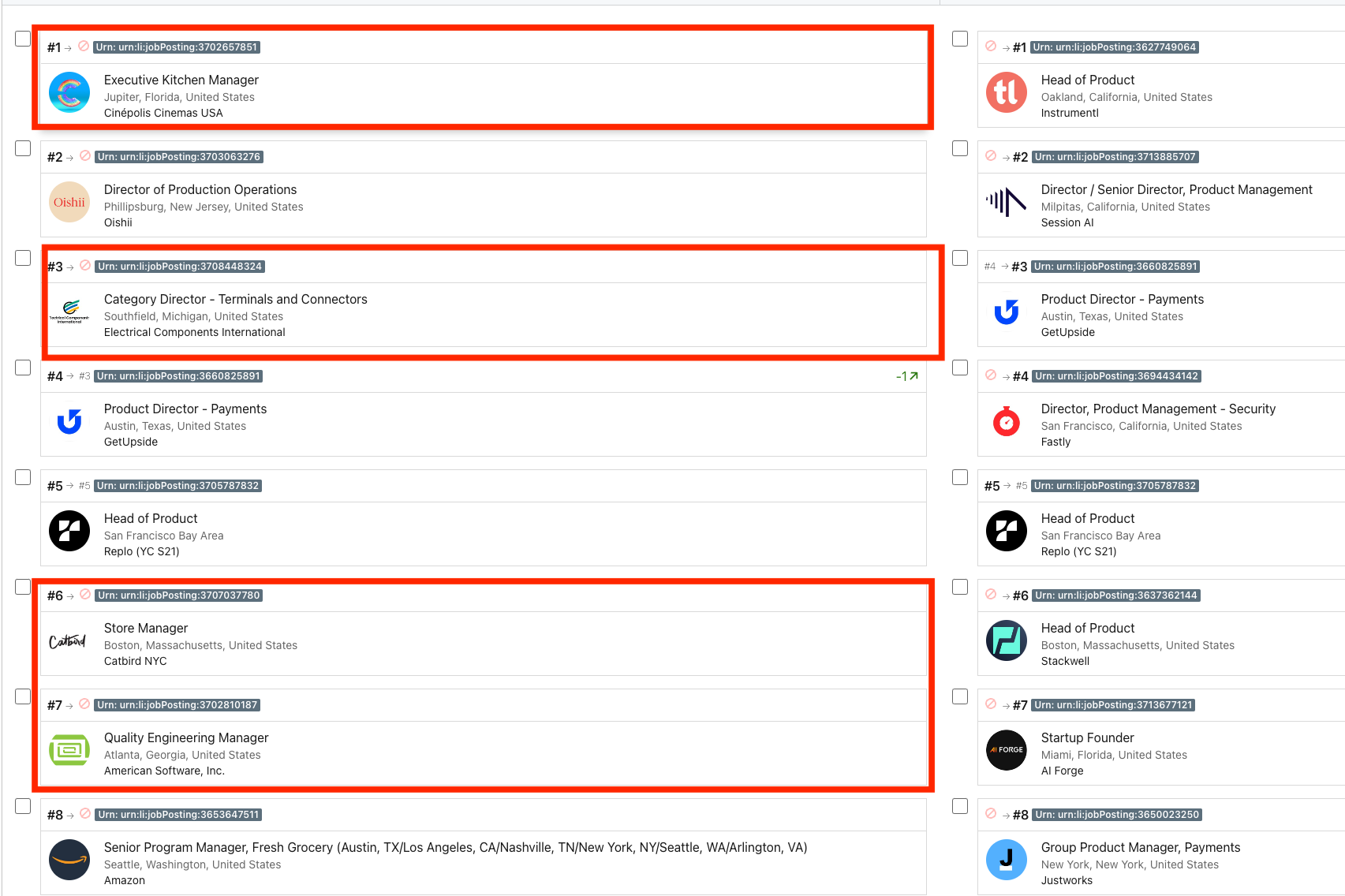Figure 1 – Example of an Embeddings Graph
Embedding based retrieval (EBR) is a method that is used at the early stages of a recommendation or search system. It efficiently searches among a very large set of possible items (such as jobs or feed posts), returning items that are relevant to the request based on the similarity of a request-side embedding to individual item embeddings. Simplistically, the items that are “close” to the request in the embedding space are retrieved. These documents can then be ranked in a second stage AI model, to obtain the most relevant items.
You can think of the “request embedding” as encapsulating the contextual intent of the search or recommendation request in such a way that geometric proximity in the embedding space shared by the request embedding and the EBR index is highly correlated with similarity of “meaning.” For example, a nursing industry recruiter who specializes in emergency room roles issuing a search query for “senior burn ward nurse” would have a request embedding that ends up being geometrically very close to several nursing profiles with experience in that area.
In recommendation systems, EBR assists in providing personalized content or job recommendations based on member profiles and activities. It also powers both the semantic memory and Retrieval Augmented Generation in generative AI (GAI) systems. Retrieval Augmented Generation gives you the power to find useful information quickly and create new solutions using that information you just found. By working both of these actions in tandem, it can solve problems much faster and more efficiently than either one could on their own. For example, when the system needs to “remember” past interactions or consult with a knowledge-base of FAQ articles, it does this by taking the current textual exchange between a person and the chatbot, encodes it into an embedding space, and then issues a query to the similarly-encoded FAQ article EBR index or past conversational history, and finds relevant discussions or articles to feed into the LLM’s next context.
EBR Infrastructure Components
To make it easier for our engineering teams to use EBR for their applications, we’ve developed a comprehensive set of new infrastructure components designed to help them deliver more relevant search results and recommendations for our members and customers:
Authoring Composite and Multi-Task Learning Models
We’ve introduced the ability to author composite models (such as two-tower models), and support multi-task learning for the embeddings. The benefit of this component is that the consolidation of various objective functions into a single model enhances task transfer learning and expedites the individual task learning process. For example, one use is creating an embedding that broadly captures a LinkedIn member’s interests, based on their profile and their interaction with the feed, jobs, and other product experiences. This embedding can then be used as an input feature for the search and recommendation systems powering experiences like feed, notifications, and jobs. This focus on training pipeline steps which take in heterogeneous inputs with multiple objective functions, and emits co-trained models which are already part of an implicit inference graph centers the application development experience in the place where the AI engineer feels most at home: designing the recommender model itself.










